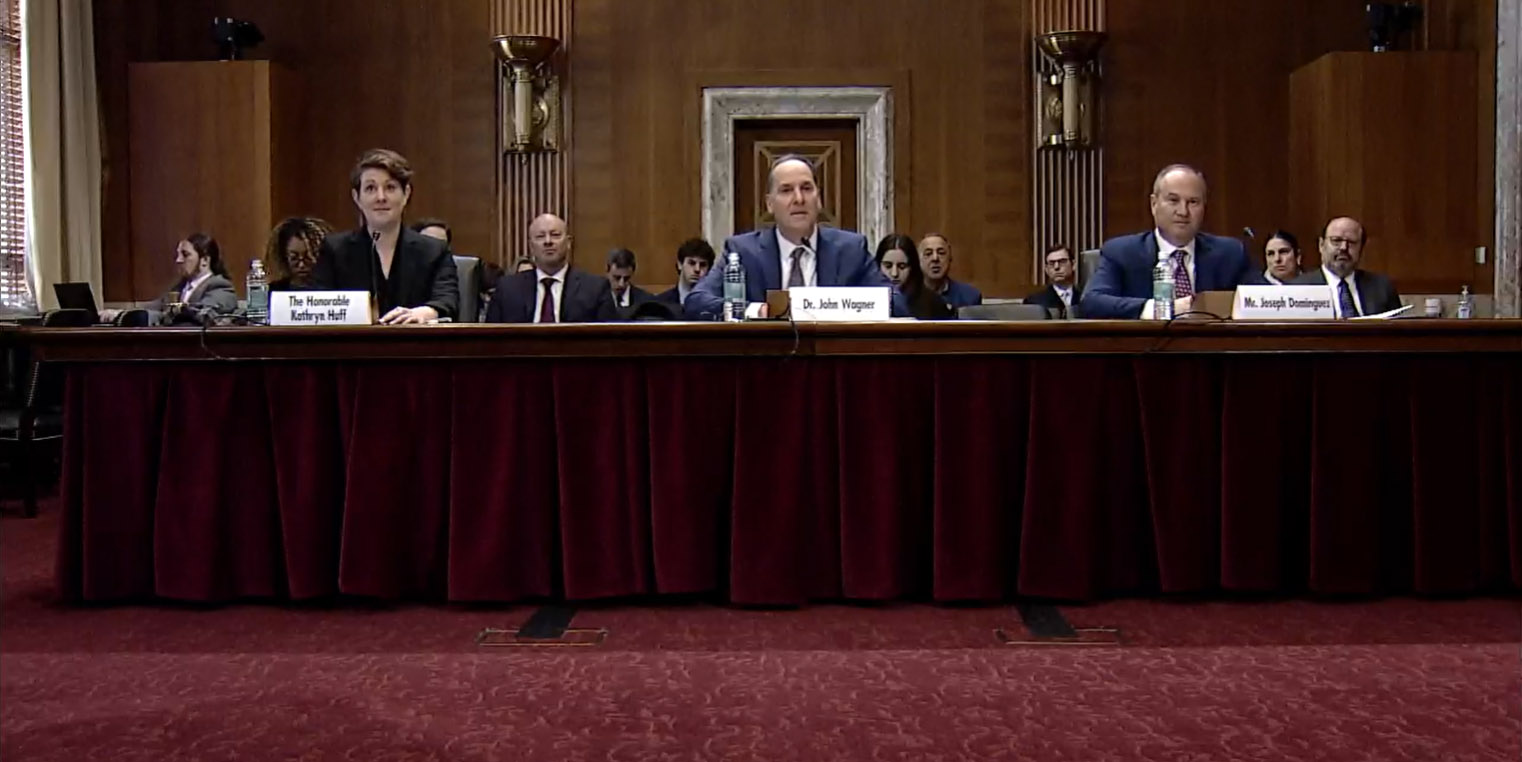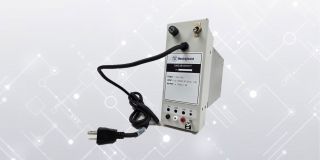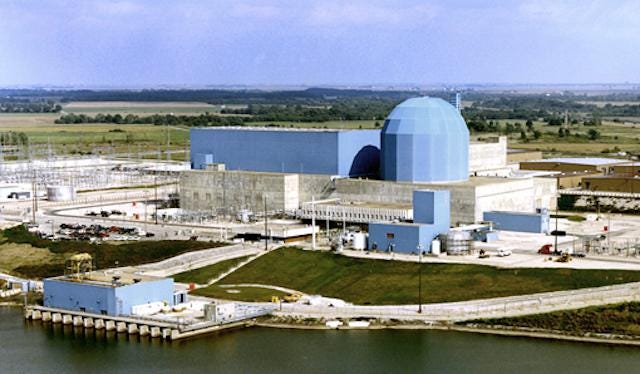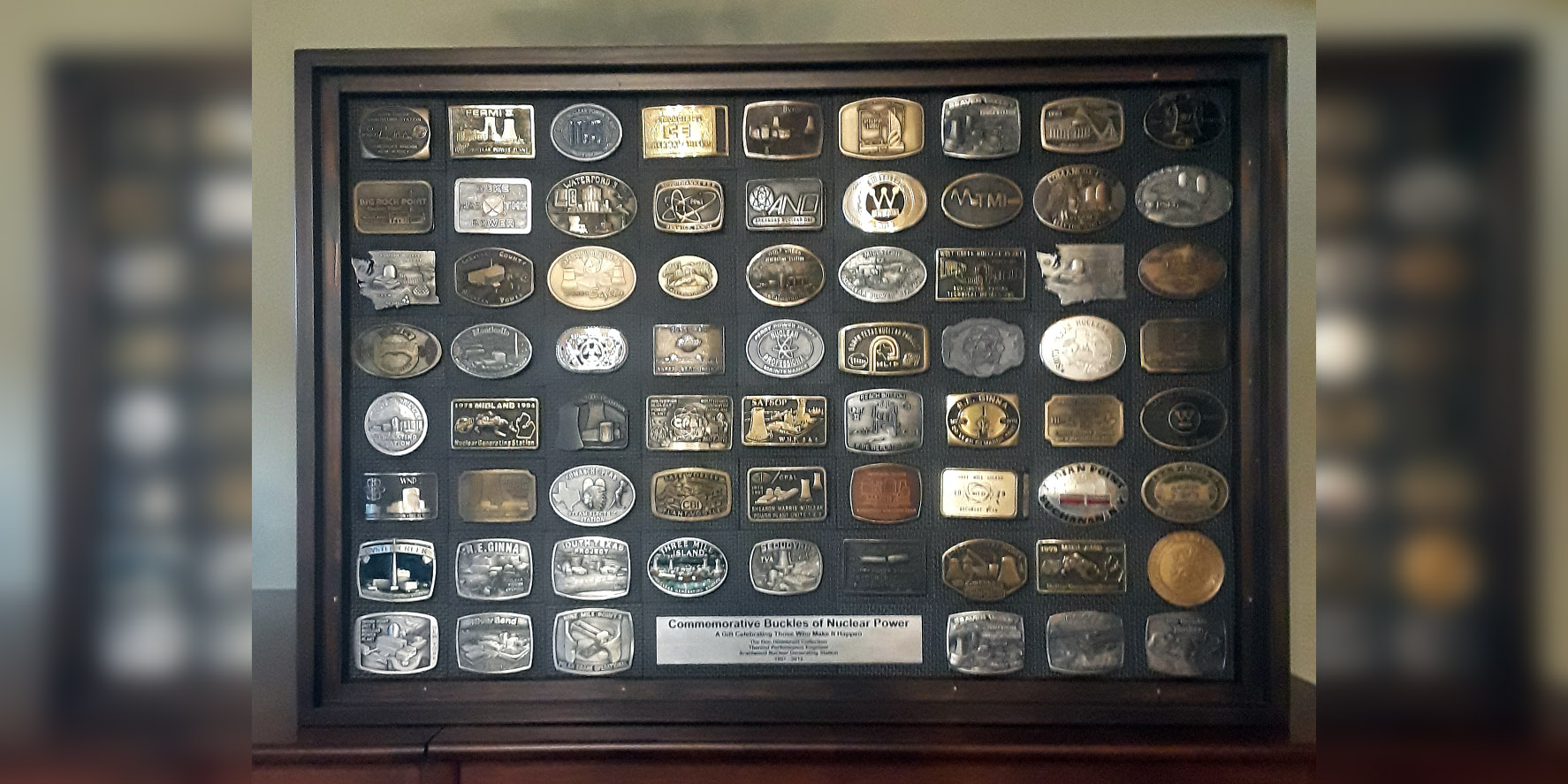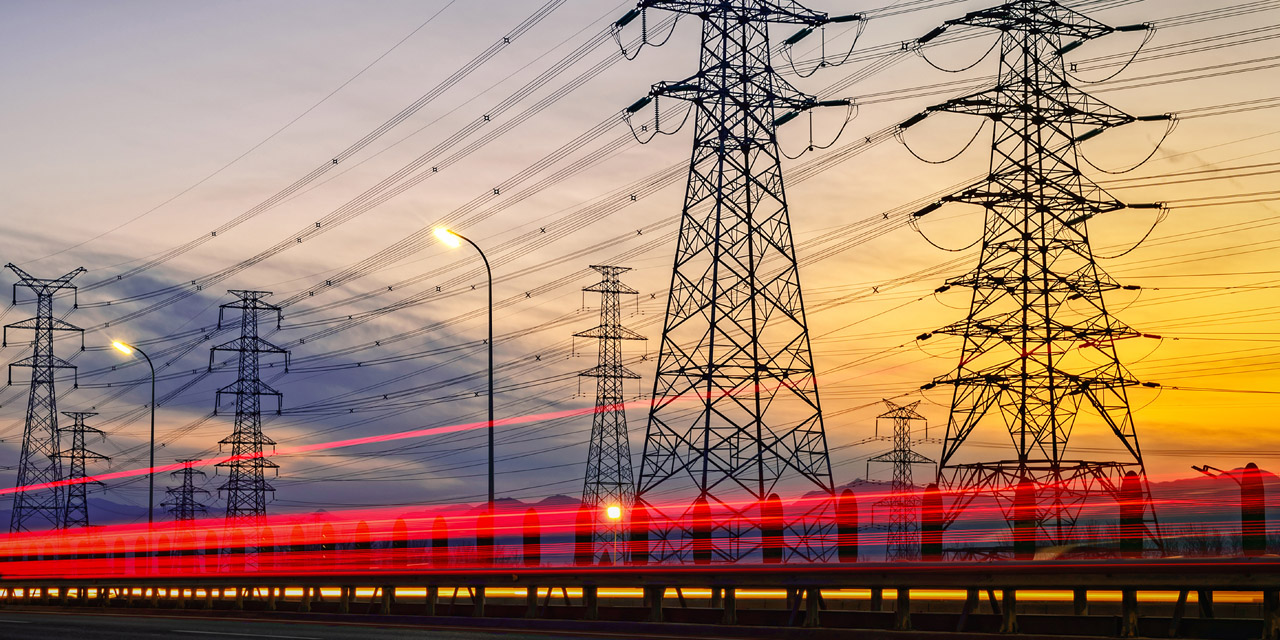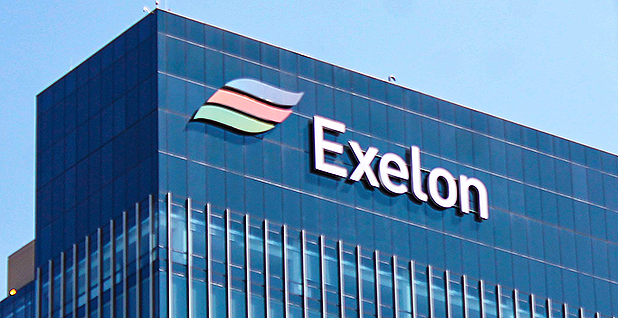March 14, 2023, 9:39AMEdited March 14, 2023, 9:38AMNuclear News In this screenshot from a video recording of the hearing, Huff, Wagner, and Dominguez answer a series of questions from Sen. Manchin
“Right now, our country is deficient in nearly every aspect of the fuel cycle. This must change and it must change quickly,” said Sen. Joe Manchin (D., W.V.), chairman of the Senate Committee on Energy and Natural Resources (ENR), as he opened a Full Committee Hearing to Examine the Nuclear Fuel Cycle on March 9. “Whether it is uranium mining, milling, conversion, enrichment, nuclear fuel fabrication, power generation, or nuclear waste storage and disposal, there is much work to be done, starting with conversion and enrichment. Simply put, Russia dominates the global market, representing nearly half of the international capacity for both processes.”
The Braidwood (left) and Byron nuclear power plants. (Photos: Constellation Energy)
Constellation Energy has announced that it intends to invest $800 million in new equipment at the Braidwood and Byron nuclear plants in Illinois to raise their combined output by a total of about 135 MW.
Constellation Energy's Clinton nuclear power plant. (Photo: NRC)
Constellation Energy, owner and operator of the nation’s largest reactor fleet, will ask the Nuclear Regulatory Commission to extend the operating licenses of the Clinton and Dresden reactors by 20 years, the company announced Monday, adding that it expects to file license applications with the agency in 2024.
One of two cases that display the impressive belt-buckle collection.
Collecting belt buckles from nearly every nuclear power plant in the U.S. wasn’t the goal for Don Hildebrant when he obtained his first one. Over time, it just turned out that way.
One day years ago, Hildebrant came across a buckle from the nuclear plant where he worked, and it seemed before he knew it, he had collected more than 250 of them—some from plants that were never even completed. “When you look at the collection, you will see an interesting story of where nuclear power has been, and how far it has come,” he said.
A depiction of an electrolyzer from Bloom Energy. (Photo: Bloom Energy)
Using nuclear power technology to produce clean hydrogen is getting a visibility boost as the Department of Energy hosts a virtual three-day (June 6–8) Annual Merit Review and Peer Evaluation Meeting on the agency’s efforts to accelerate clean hydrogen production. On June 6, the DOE announced a notice of intent (NOI) to fund the Bipartisan Infrastructure Law’s $8 billion program to develop regional clean hydrogen hubs (H2Hubs) and the launch of a new Hydrogen Shot Incubator Prize that seeks “disruptive technologies” to reduce the cost of clean hydrogen production. That same day, Westinghouse Electric Company and Bloom Energy Corp. (a maker of solid oxide electrolyzer technology) announced a letter of intent to develop electrolyzers for use in the commercial nuclear power market and said they are “well positioned to support the U.S. Department of Energy’s developing hydrogen hubs.”
Florida Power & Light’s Turkey Point nuclear plant.
In a major change to its subsequent license renewal process, the Nuclear Regulatory Commission last week ruled that reviews of SLR applications must rely on a more extensive environmental analysis than that provided by the agency’s Generic Environmental Impact Statement for License Renewal of Nuclear Plants (GEIS). According to the ruling, the GEIS, properly understood, does not cover the SLR period.
